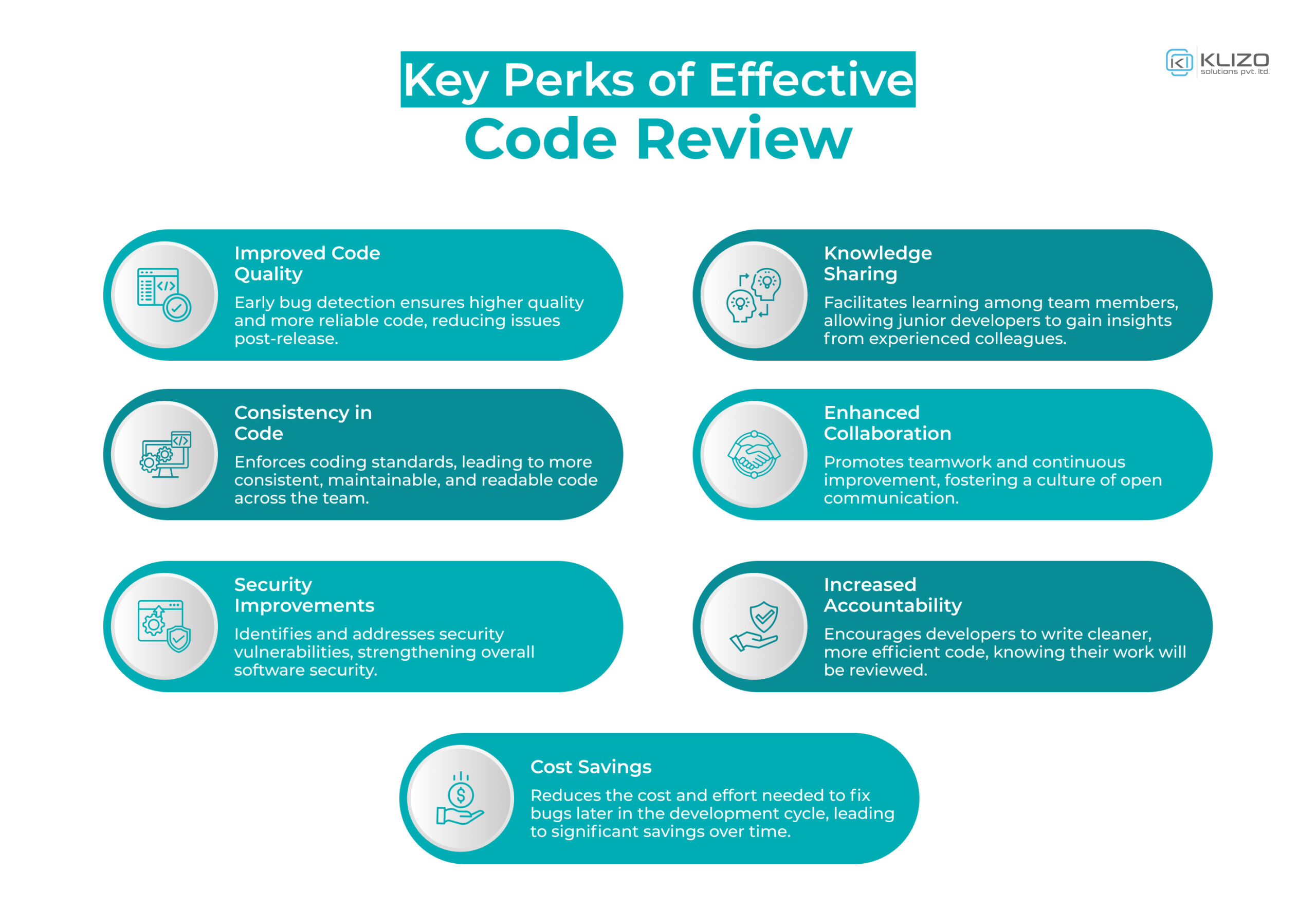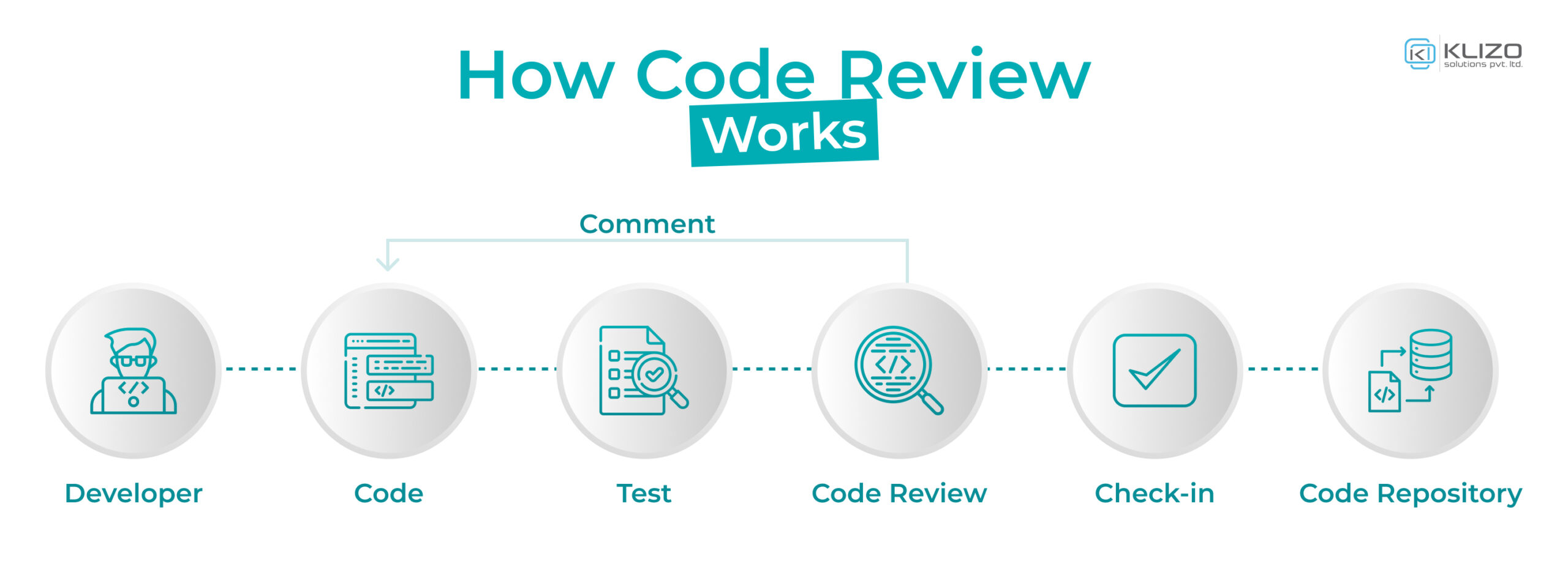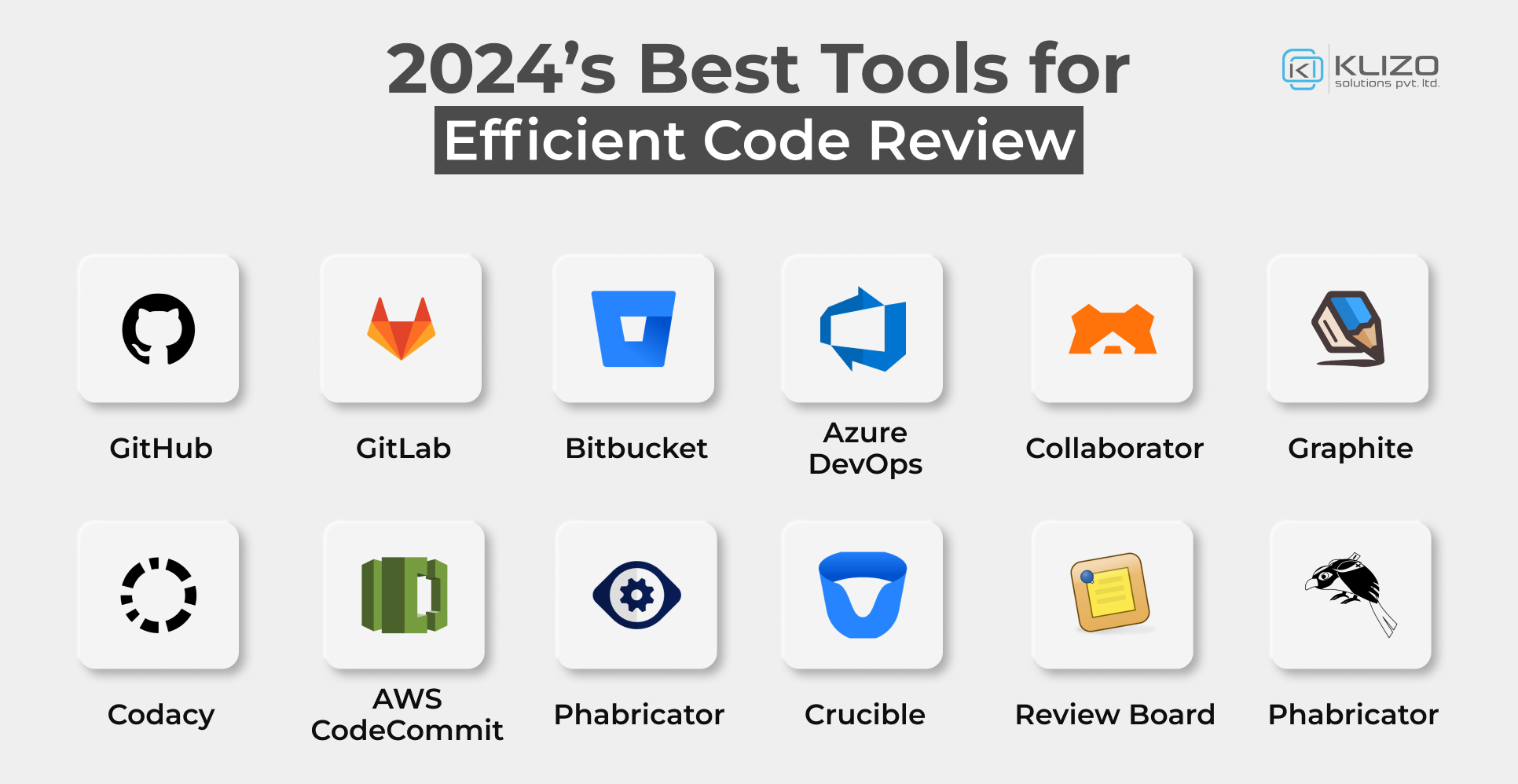


Have you ever wondered how a well-structured code review checklist can transform your software development process?
A code quality checklist is more than just a routine task; it’s a critical tool that ensures code quality, consistency, and efficiency.
In today’s fast-paced tech world, where delivering robust and error-free software is paramount, following a thorough code review checklist can make the difference between success and setbacks. After all, the impact of a well-executed code quality checklist is undeniable.
By the end of this article, you’ll discover how a code review checklist can elevate your team’s productivity and streamline your development workflow.
A key strategy to improve code review process efficiency is crafting clear and concise change descriptions. When your code changes are well-documented, it not only highlights what was modified but also explains the reasoning behind those changes.
This detailed documentation is crucial for helping reviewers quickly understand the purpose and potential impact of the modifications, leading to a more effective review process.
For instance, let’s say you’re refactoring a function to enhance performance. In your change description, you would include:
This level of detail helps the reviewer understand not just the technical changes but also the context and necessity behind them, making it easier to assess the change against the code review checklist and ensuring alignment with software development best practices.

Implementing a code review checklist is one of the most effective code review best practices to ensure consistency and thoroughness across the entire review process.
A well-designed checklist
Plus, by incorporating automated code review tools into the checklist, you can further streamline the process. These tools can automatically verify that the code meets certain predefined criteria, allowing the reviewer to focus on more nuanced aspects, such as logic and architecture, which are critical for robust software development best practices.
Prioritizing code readability is fundamental to the software review process as it directly impacts the maintainability and overall quality of the codebase. It is especially important in peer code reviews, where multiple team members need to comprehend the code quickly.
Remember, code that is easy to read is easier to understand, modify, and debug, reducing the likelihood of introducing bugs in the future. A thorough code review checklist should always include criteria for code readability.
Encouraging practices such as clear variable naming, proper indentation, and the use of informative comments are essential steps in how to conduct an effective code review.
For instance, instead of using a generic variable name like “x,” opting for a descriptive name like “total amount” immediately conveys the variable’s purpose to anyone reading the code. It is beneficial in agile teams, where code is frequently reviewed and updated by different team members.
Proper documentation through comments is also crucial! Comments should explain why certain decisions were made, not just what the code does, which helps in maintaining the clarity and purpose of the code over time.
Fostering a culture of constructive feedback is crucial for effective peer code reviews and the overall software review process. Code review checklists should emphasize that code reviews are a collaborative effort, aimed at improving the code, not criticizing the coder. By encouraging constructive feedback, teams can create an environment of continuous learning and improvement.
Suppose a reviewer comes across a complex function that handles multiple tasks, making it difficult to understand and maintain. Instead of just noting that the function is too long, the reviewer could provide feedback like this:
“Consider breaking this function into smaller, single-purpose functions. For instance, you could separate the data validation and the database update logic. This will not only make the code more readable but also make it easier to test and reuse the individual components.”
This kind of constructive feedback can help the developer understand the benefits of refactoring, ultimately contributing to the overall improvement of the code and fostering a culture of learning within the team. Trust us, integrating such practices into your code review checklist is crucial when it comes to the key steps to improve code review quality within the team.
Another fundamental code review best practice is to keep your changes small and focused. When you submit large, multifaceted changes, it can overwhelm reviewers and increase the chances of errors being overlooked. Instead, breaking down your changes into smaller, more digestible parts makes the review process more manageable and effective.
For example, if you’re working on a new feature, consider submitting the front-end and back-end changes in separate pull requests. This not only simplifies the software review process but also allows reviewers to zero in on specific areas, increasing the likelihood of catching bugs or identifying improvements.
Plus, by segmenting your changes, you make it easier for reviewers to assess the quality of the code according to the code review process for beginners and seasoned developers alike. This practice aligns with tips for efficient code review in agile teams, ensuring that each review session is productive and focused.

A clean and well-structured commit history is vital for maintaining clarity and efficiency in the software review process.
It enables developers to trace the evolution of the codebase, understand the reasoning behind changes, and identify the source of potential issues. A comprehensive code review checklist should always emphasize the importance of clear commit messages!
Encouraging developers to write descriptive commit messages is a key step in how to conduct an effective code review. Each commit should be meaningful, addressing a single issue or feature, with a message that explains what was changed and why.
This practice not only enhances the readability of the commit history but also contributes to the steps to improve code review quality and aligns with the code review checklist by making the review process smoother and more insightful.
Automation in code review is essential for improving efficiency. While human judgment remains vital, automated code review tools can tackle repetitive tasks, catching common errors early and enforcing coding standards consistently. This is especially beneficial for agile teams, where speed is critical.
Incorporating these tools into your peer code review process allows reviewers to focus on complex aspects like architecture and logic, key to maintaining high standards in software development best practices.
For instance, tools like Prettier can automatically format code, freeing reviewers from stylistic concerns so they can concentrate on the substance of the code, ultimately enhancing the code review process.

So you see, mastering your code review process is essential for maintaining high-quality code and efficient workflows. By following our tips for efficient code review in agile teams and sticking to a comprehensive code review checklist, you can ensure that your reviews are thorough, effective, and beneficial for your entire team.
Remember, a well-structured code review checklist followed by a thorough code review process not only catches bugs early but also fosters a culture of continuous improvement and collaboration.
And if you need products with flawless coding that foster professional growth and deliver top-notch tech solutions, then contact us today! We can make your app development process as efficient as possible by adhering to the best practices for peer code reviews in 2024.
At Klizo Solutions, we pride ourselves on following the software development best practices and delivering top-notch software solutions that meet the highest standards of quality and performance.
Contact us to get professional coding services now!
Previous article
Joey Ricard
Klizo Solutions was founded by Joseph Ricard, a serial entrepreneur from America who has spent over ten years working in India, developing innovative tech solutions, building good teams, and admirable processes. And today, he has a team of over 50 super-talented people with him and various high-level technologies developed in multiple frameworks to his credit.

Subscribe to our newsletter to get the latest tech updates.